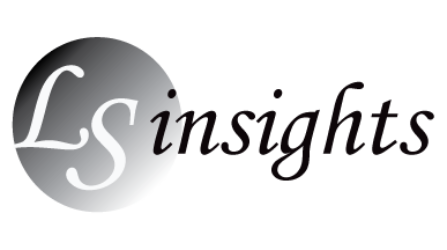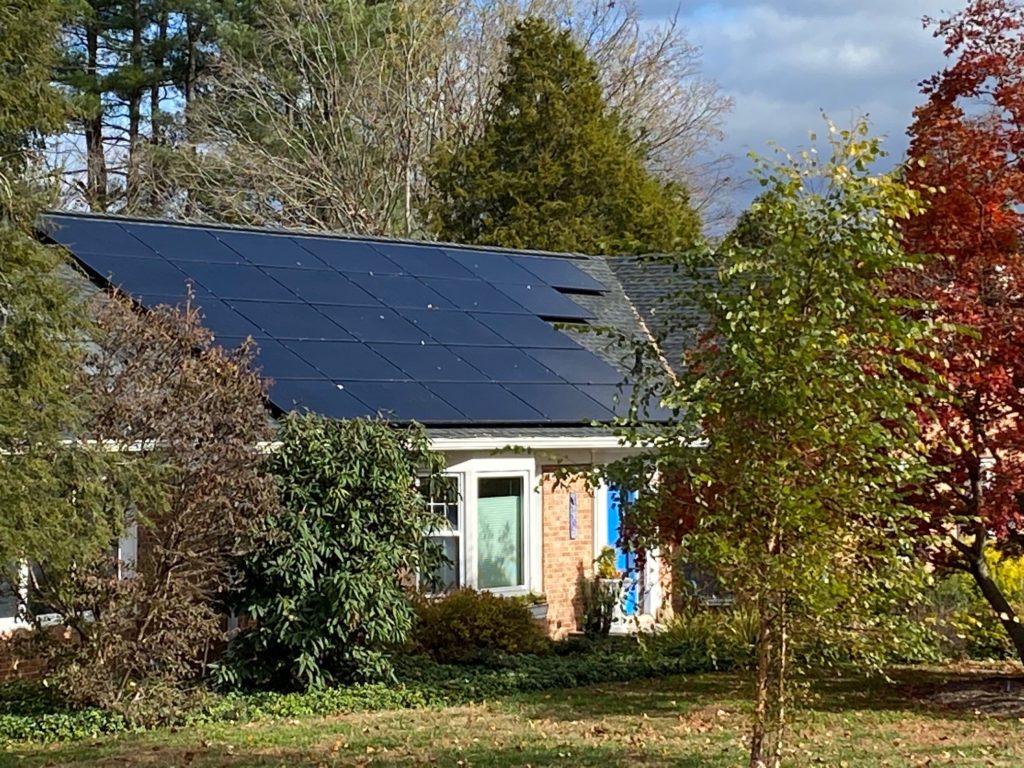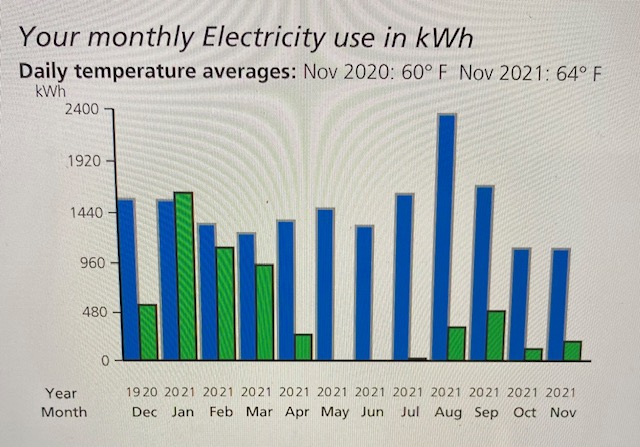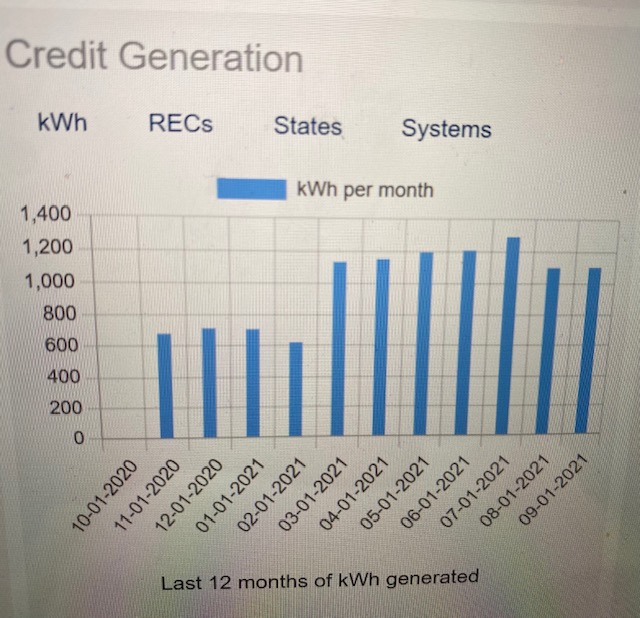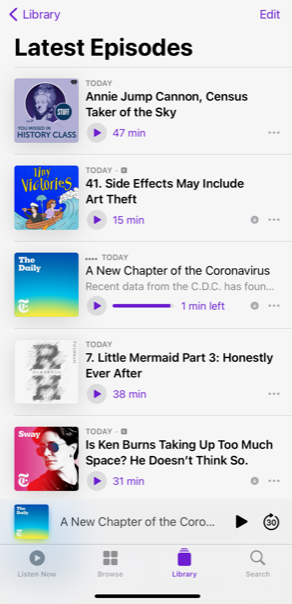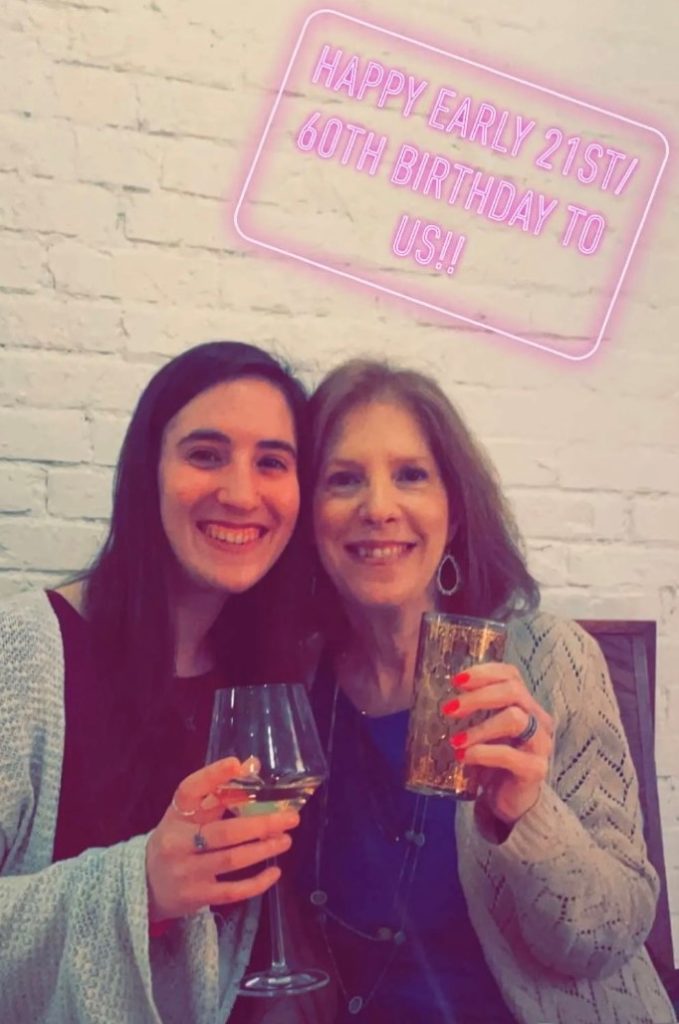
I turned 60 this month. My reaction to this larger number is more nuanced and upbeat than I would have thought. I hope my insights add perspective to those at any age or stage.
I find myself musing about what I’ve learned rather than dwelling on the number as much as I did when turning 30, 40 and 50. Thirty was probably the hardest for me, as I was single and unsure if I’d ever meet the “right one” and become a mom. Forty and Fifty were tough because I was fixated on the number — “middle aged!” — although I was really more occupied with balancing work and family – raising tiny kids at 40 and teens at 50.
Absent the mess we find ourselves in with Ukraine, rising authoritarian currents in our world and COVID, I feel more optimistic than when I turned a new decade in prior years.
Empowered and Powerful
I feel more empowered, powerful and respected. I like that I’ve had so many varied experiences that I can connect myriad dots to develop insightful views and philosophies of life. Career-wise, I reached the point where I am recognized for my expertise and competence, and no longer need to prove myself.
A huge benefit of getting older, which was not expected, is how the invisibility that comes with aging as a woman is empowering. This is not a disparaging comment. I just feel safer than I did when I was a young woman walking around, getting harassed by cat calls and lurid stares. Luckily, I am still relatively strong and healthy. By being noticed less, I feel less vulnerable from a physical security point of view.
I love that I have the curiosity, time and wherewithal to pursue interests. As an empty nester and having left the full-time work world, having more time means I can follow my heart and concentrate on my interests rather than others’ schedules and deliverables.
I am so thankful for my friends, family and network and appreciate that I’ve been able to keep vital and growing relationships with folks all over the world. I am putting more effort than ever into these and I’m grateful for the enthusiasm I find when reaching out to current or past friendships.
I am at the stage where I enjoy being in service to others. I like giving back, whether by mentoring young folks or volunteering at the local level. I have the luxury of not being so consumed by responsibilities and personal conflicting thoughts that were more dominant earlier in my life. I love being contacted by younger folks seeking my counsel. Those in early to mid-career often think older, experienced people are too busy to contact. But I don’t know anyone my age who would not take the time to provide information, advice and mentoring to younger folks.
Deepak Chopra on loving yourself
A recent podcast episode (see below) that featured Deepak Chopra got me thinking. Chopra believes you have to start with loving yourself before you can have a positive impact on others. According to him, “fulfillment comes when you have meaning and purpose in your life.” In taking his lead and looking internally, I realize that I really do like myself, am happy and have a fulfilling life. I like that I’m a really good family member and friend. I allow myself grace and live by my values. I feel the abundance of nature and people.
Just enough is great
Wealth. We have a funky culture that often values wealth over contribution. I came of age in the 1980s in the time of the movie “Wall Street” and Gordon Gekko’s “greed is good” mentality. I was pursuing the traditional Wall Street path when the stock market crash of 1987 happened, and folks coming out of a Master’s degree program in international affairs, as I was, were no longer favored when compared to those earning an MBA. This led me into public service. In retrospect, I am indebted to this stock market crash for giving me a wonderful government career, which was focused on serving the national interest rather than corporate stock value. My husband and I made a comfortable living, but never a ton of money. Careful and early investment, and not being focused on materialistic accumulation, means we can retire earlier than most without ever having to count on our kids to financially support us. Enough is great.
My conscience is clear. I worked in an ethical environment where I never felt pressured to engage in improper behavior. Right now we’re hearing about the ridiculously wealthy Russian oligarchs and others who profited mightily from their connections to Putin but at the expense of being beholden to his monster predilections. I think about all the so-called experts, from lawyers to wealth managers, real estate and corporate types, etc., whose careers are dependent on facilitating the illicit behavior of the oligarchs, or the Sacklers, coal barons and others dependent on ill-gotten gains. Enough is great, especially if one’s conscience is clear.
It feels good to accept that how I look and feel physically and mentally is just enough. While I’m not thrilled with the lines on my face that come with age, I like that I’ve reached the point where I’m more concerned with my health than my appearance. While I was always chasing thinness, and debasing my worth for never achieving it, I’m now just happy that my body allows me to take long walks and hikes, do the things I like to do, and get good feedback at doctor’s appointments. I am happy if I fit into my clothes and don’t worry about achieving the unachievable perfection that I, like so many young girls and women, have been conditioned by our culture to aspire to. Feeling enough as I am is great.
Turning 60 or any new decade invites assessment of one’s life. It’s been a good, reassuring exercise for me. I recommend approaching a new decade with inquiry instead of disdain. Here’s to the next several decades …
Please share your insights, perspective and lessons learned from a live well lived.
Check these out:
“Deepak Chopra on Abundance & the Inner Path to Wealth” from The Cathy Heller podcast.
From Maria Shriver’s Sunday Paper: Pivoting—at Every Age!—Is Happening at Unforseen Levels. Here’s How to Do It Well | Stacey Lindsay (mariashriver.com)

